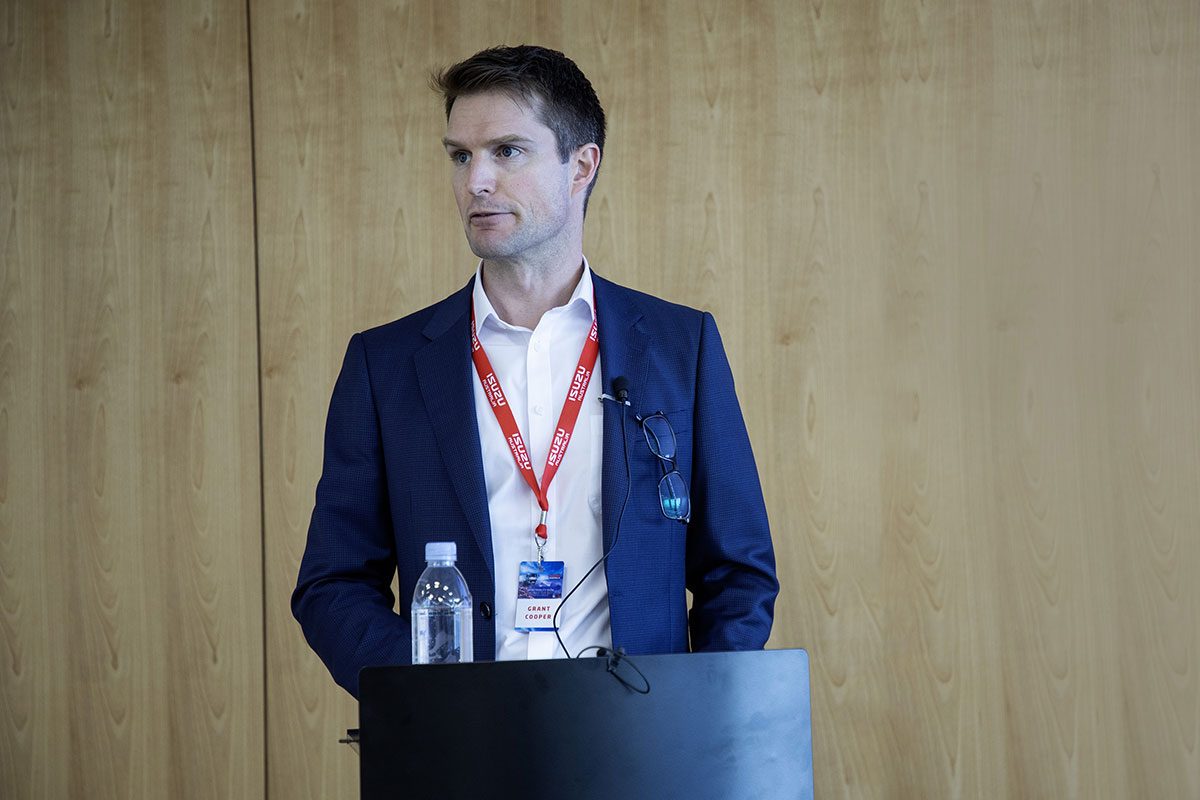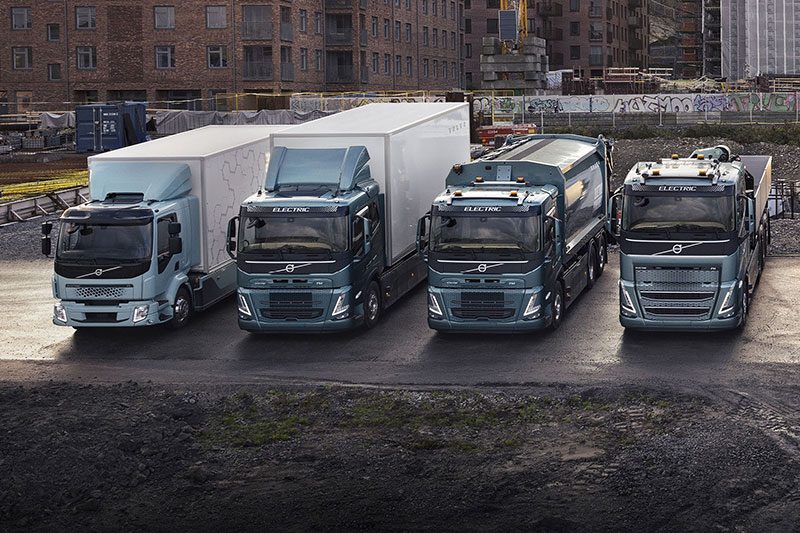On track for driverless trucks
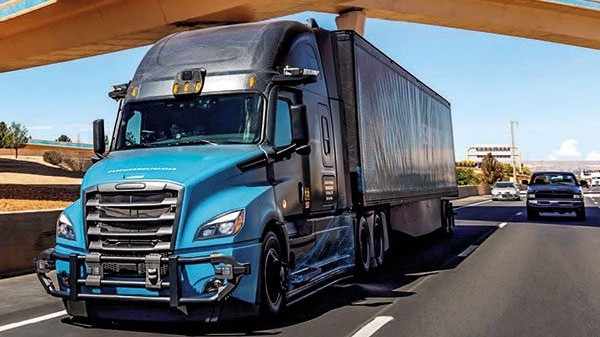
The chairman of the International Truck of the Year jury, Gianenrico Griffini, chats with Michael Fleming, president and CEO of Torc Robotics, and Peter Schmidt, head of autonomous technology group at Daimler Trucks, about the developments in autonomous trucks stemming from the partnership between the two companies.
Since acquiring a majority stake in Torc Robotics in 2019, Daimler Truck has made significant progress in turning autonomous trucks from an idea into reality. The companies have the longest autonomous driver technology and truck OEM partnership in the industry and have been safely and reliably testing a fleet of autonomous trucks on public roads.
The testing and demonstrating of its Level-4 autonomous trucks in more complex scenarios – such as ramps and turns at controlled intersections – are well underway. In April, Torc announced a technology and development centre in Stuttgart, Germany, to support the ongoing development in the US. As a next step, Torc is now cooperating with leading US logistics companies to further develop real-world applications for autonomous trucking.
It seems Daimler Truck is getting on well with its 2019 goal of having Level-4 autonomous trucks on the road within a decade.
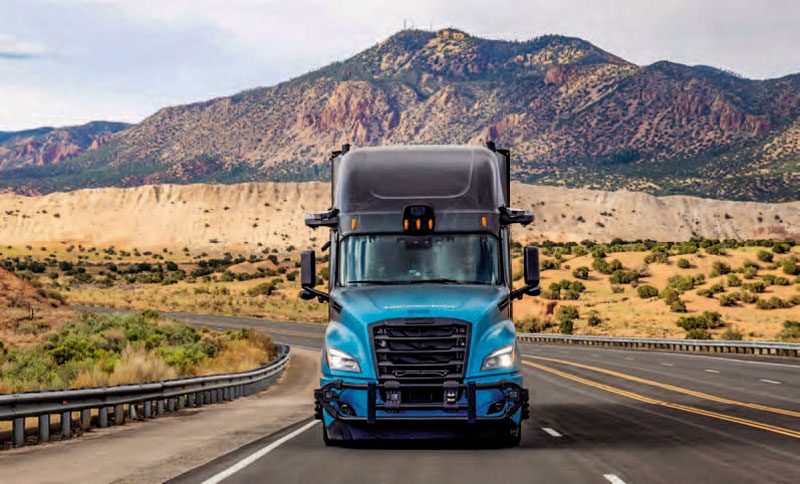
In an interview from October 2019, you said you were in the phase of testing class-8 autonomous driving on the public road. What stage are you currently working in? What results have you achieved so far?
MF: Since we last met at the North American Commercial Vehicle Show in Atlanta in 2019, we have been safely testing a fleet of autonomous trucks daily on public roads in the US. We are developing autonomous truck technology to navigate for long-haul, hub-to-hub transport – our target use case. Typical driving scenarios such as lane changes and complex merges have been tested intensively and have proven that Torc’s autonomous driving software can safely navigate on highways. Recently, we have expanded our features and are now running and demonstrating Level-4 autonomous trucks with enhanced capabilities in more complex scenarios on surface streets, ramps, and turns at controlled intersections. Our routes have expanded to multiple states: Virginia, New Mexico and Texas. Each area provides us with diverse traffic and environmental conditions for testing.
We have also expanded our simulation testing – allowing us to safely simulate thousands of traffic scenarios and reinforce capabilities on public roads.
Can you describe (in detail) your technical solutions for class-8 autonomous driving? Is a high degree of redundancy a key pillar of your Level-4 autonomous driving strategy?
MF: The virtual driver is the Automated Driving System (ADS), enabling the vehicle to perform driving tasks. This includes software and hardware. Torc’s software stack is also known as the virtual driver. The automotive- grade hardware includes computers, sensors, and other hardware necessary for the virtual driver to perceive the world, localise, and make behavioural decisions to perform driving tasks.
PS: Yes, in our opinion, redundancy is a must for autonomous trucks. It is the only way to ensure maximum safety. Here we do not compromise. Our engineers at Daimler Truck North America have done a phenomenal job in the past few years, successfully developing the first scalable autonomous truck platform with critical safety systems. Based on Freightliner’s industry- leading flagship truck, the autonomous-ready Cascadia with redundant functions represents the foundation for autonomous trucking. This truck has a second set of critical systems, such as steering and braking, and continuously monitors and assesses the health of these systems. In case of interruption or errors, the newly developed redundant systems will be able to control the truck safely.
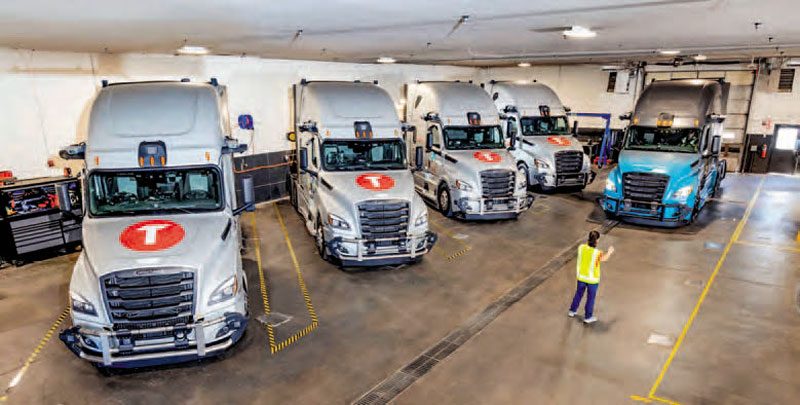
What does the launch of the cross-functional Torc Autonomous Advisory Council (TAAC) mean? Does it mean you have already achieved a robust road-proof autonomous technology level that must be translated into transport operators’ reality?
MF: We believe in developing technology to create sustained innovation in freight transport. This means working closely with leaders in shipping and logistics to define the best way to integrate with the freight network. With members of the TAAC, we are exploring solutions for hub-to-hub operations, fleet logistics, and fleet maintenance services. These are the capabilities beyond the technology for driving that are necessary for commercialisation.
The TAAC supports Torc’s goal to be the first scalable, profitable, commercialised Level-4 truck solution. We are collaborating with key freight-industry players, who will provide strategic insights to Torc as we integrate with the freight network and tackle challenges beyond highway driving.
PS: With Torc now involving leading logistic companies, we are entering the next phase, focusing on specifically defining the real-world use case of the autonomous system of the future. We are on the right path and, together with our collaborators, we share the pioneering spirit and the willingness to succeed in autonomous trucking.
Can you outline a timetable for deploying hub-to-hub self-driving trucks on daily interstate operations in the US?
PS: We are aiming to commercialise autonomous trucks on the road within this decade. In the US, we expect autonomous trucking to be on a bigger scale by 2030. From the middle of the decade, we could see first trucks running freight with customers, and we could then see the market ramp up. While the go-to- market timing is determined by our partners, we will make sure our autonomous-ready Freightliner is available in time.
MF: Building on what Peter said, our timeline to deploy hub-to-hub self-driving trucks on daily interstate operations is not determined by a specific target date but by safety first. We will bring autonomous trucks into customer operations only when it is safe to do so.
What do you need from the legislator to speed up the introduction of self- driving trucks? What is still missing?
MF: At Torc, we want to be part of the solution, but we need to strike a balance of pushing innovation while keeping safety at the forefront. We’re happy to be thought-leaders in sharing our own very stringent guidelines for testing and safety plans and helping to educate state and federal officials on the importance of autonomous trucking to society.
Recently, Torc Robotics announced the opening of a technology and software development centre in Stuttgart. How can you use the know-how acquired in the US for European autonomous driving operations?
MF: For now, we remain laser-focused on developing autonomous trucking for the deployment on US highways. The team in our Stuttgart office will support these efforts, tapping into the amazing talent pool of software and product development specialists in one of Germany’s prime automotive regions. This is the primary reason we decided to open an office in this location.
PS: Later, we can leverage our position as a global player and transfer the know-how and experience acquired in the US to bring autonomous trucking into other markets – for example, to Europe. However, due to different legislations and infrastructure, we expect other markets outside of Europe to become viable sooner. For the near term, we are focused on commercialisation in the US and we believe this focus will help us reach our goal here by 2030.
Read more
Road to Zero Isuzu styles
0 Comments6 Minutes
Ready for the harvest
0 Comments12 Minutes
VGA introduces electric
0 Comments8 Minutes
Celling’ the future
0 Comments14 Minutes


